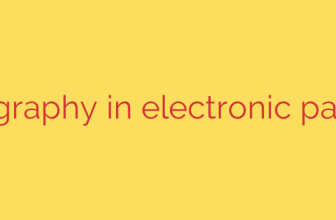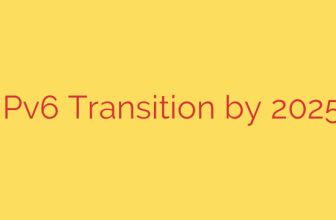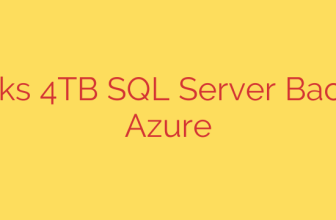
Choosing the right Security Information and Event Management (SIEM) solution is a critical decision for any organization looking to enhance its security posture. The fundamental choice often comes down to two main categories: commercial and open-source. Both have distinct advantages and disadvantages that must be carefully weighed against your specific needs, resources, and technical capabilities.
Commercial SIEM solutions are typically comprehensive, enterprise-grade platforms offering a wide range of features out-of-the-box. A significant advantage is the level of professional support available. Vendors provide dedicated teams for implementation, maintenance, and troubleshooting, which can be invaluable, especially for organizations with limited in-house security expertise. Commercial options often boast user-friendly interfaces, extensive integrations with popular security tools and systems, and automated updates and patch management. They are often designed with compliance reporting in mind, simplifying audits. However, the primary drawback is cost. These solutions involve significant upfront licensing fees, ongoing subscription costs, and potential expenses for professional services and hardware. There’s also the potential for vendor lock-in, making it difficult or costly to switch providers later. Customization might be limited compared to open-source options.
Open-source SIEM platforms, on the other hand, offer a compelling alternative, particularly regarding cost. While there might be costs associated with implementation and maintenance, the core software often has no licensing fees. This makes them highly attractive to organizations with budget constraints. A major strength of open-source is flexibility and customization. Organizations can modify the code, integrate unique systems, and tailor the solution precisely to their environment. There is no vendor lock-in, giving organizations complete control over their data and infrastructure. Support often comes from a vibrant community, offering forums, documentation, and shared knowledge. The key challenges with open-source lie in the technical expertise required. Implementing, configuring, and maintaining these systems typically demands skilled personnel proficient in security, Linux, databases, and scripting. Community support, while valuable, may not provide the immediate, dedicated assistance offered by commercial vendors for critical issues. Organizations are also responsible for their own maintenance and updates, which can be time-consuming. Features may need to be built or integrated manually, potentially requiring more development effort.
Ultimately, the decision between a commercial and open-source SIEM depends on your organization’s unique situation. Evaluate your budget, the technical skills of your team, your specific security requirements, the complexity of your IT environment, and your need for compliance reporting and dedicated support. Choosing the right SIEM is a foundational step towards achieving robust and effective security monitoring.
Source: https://www.kaspersky.com/blog/open-source-siem-hidden-costs/53589/








